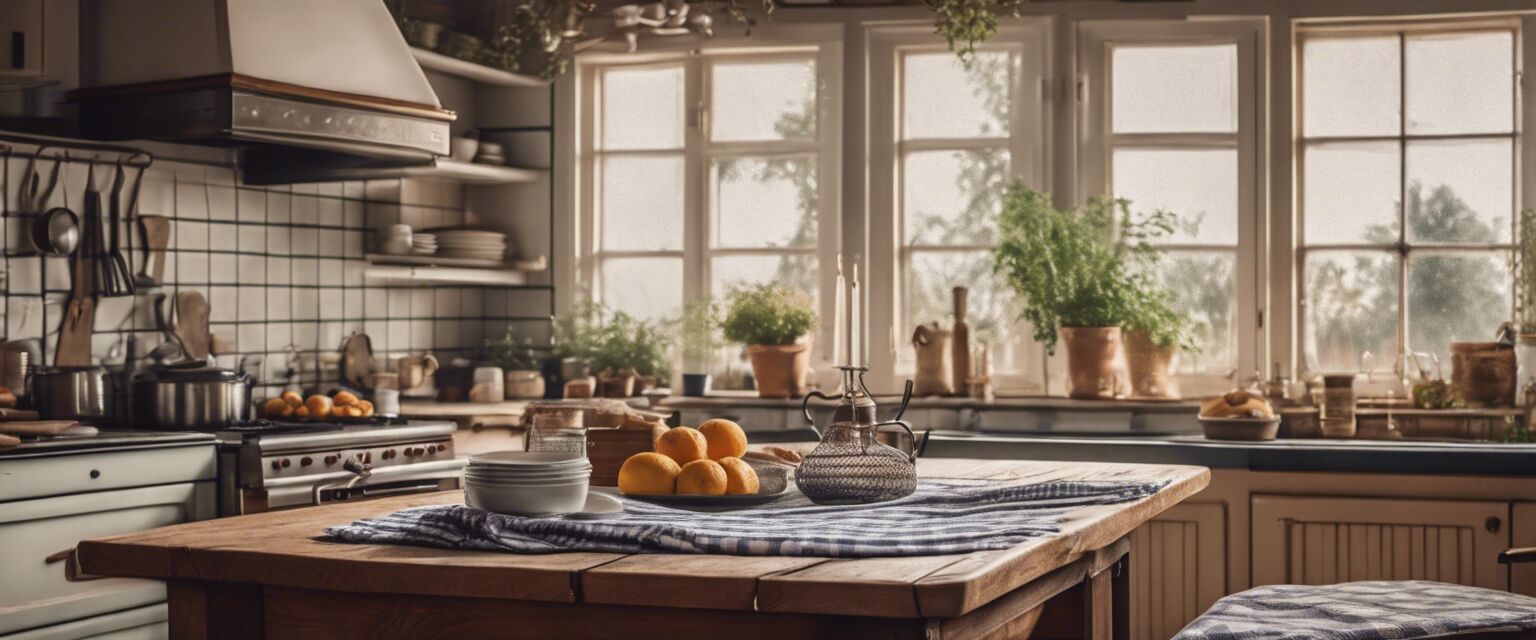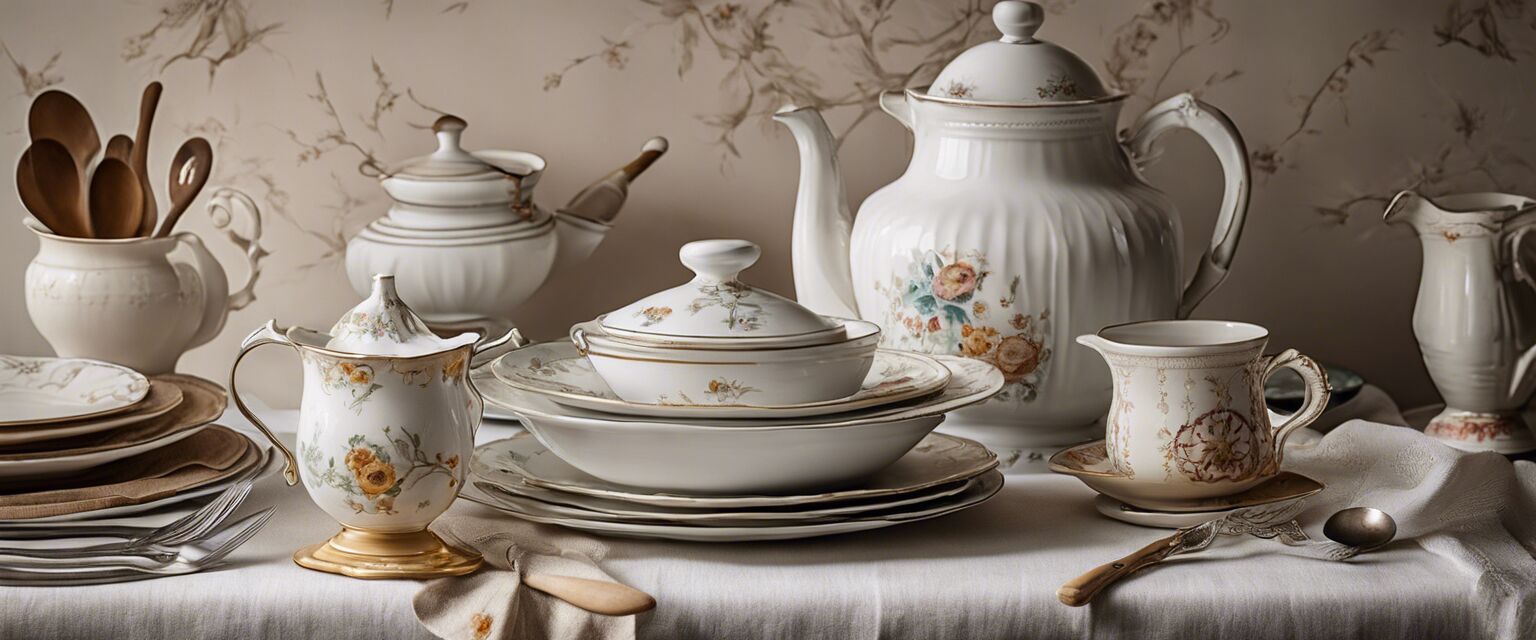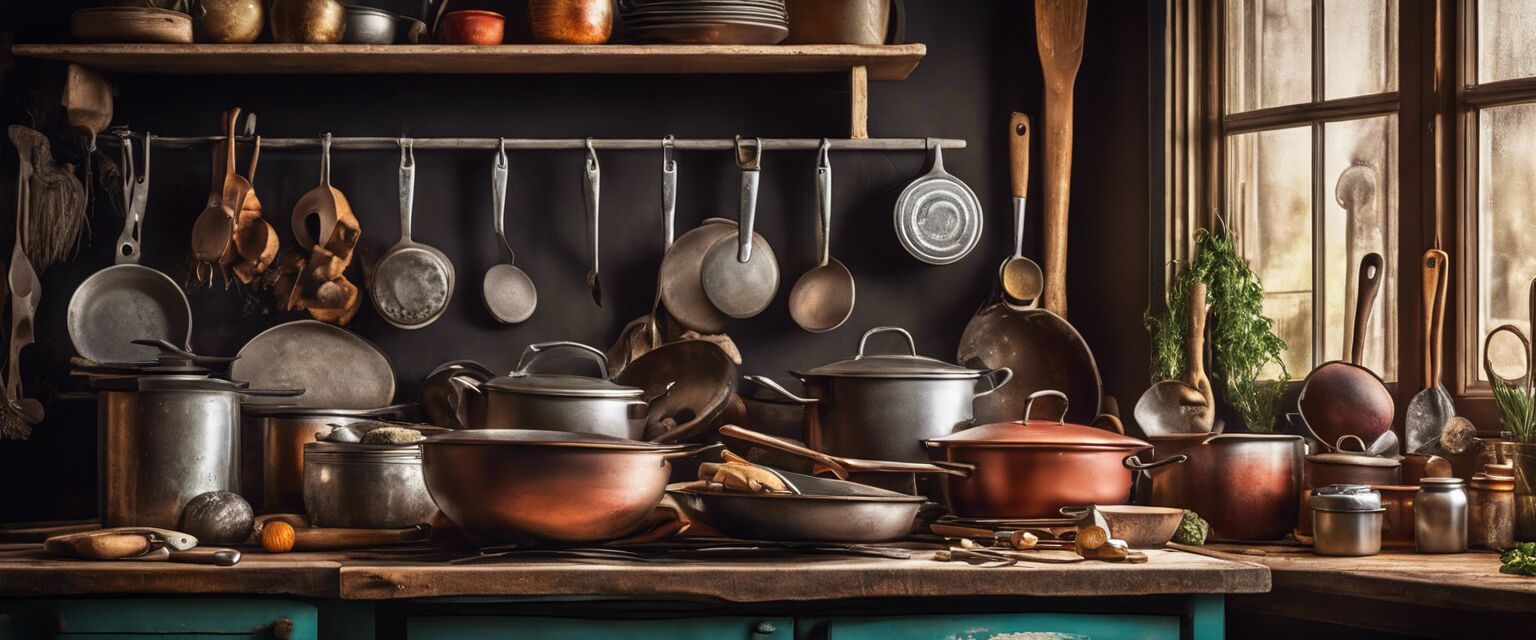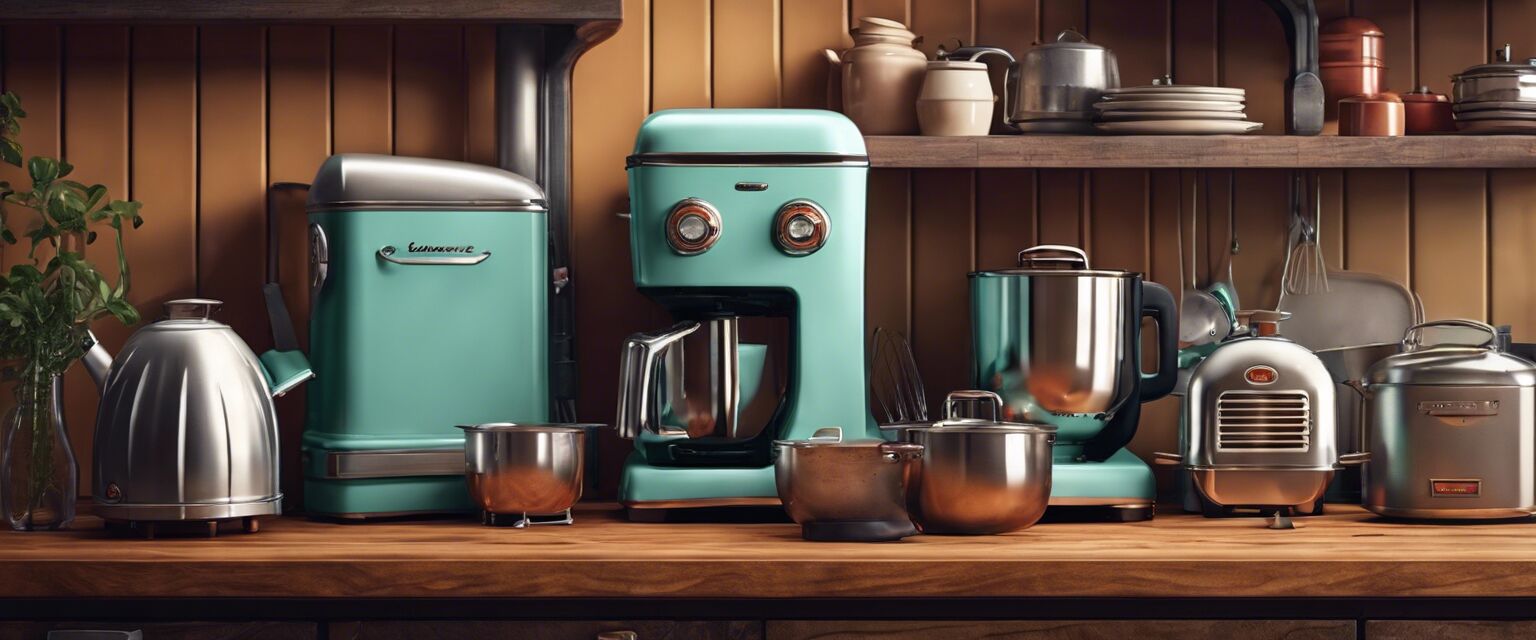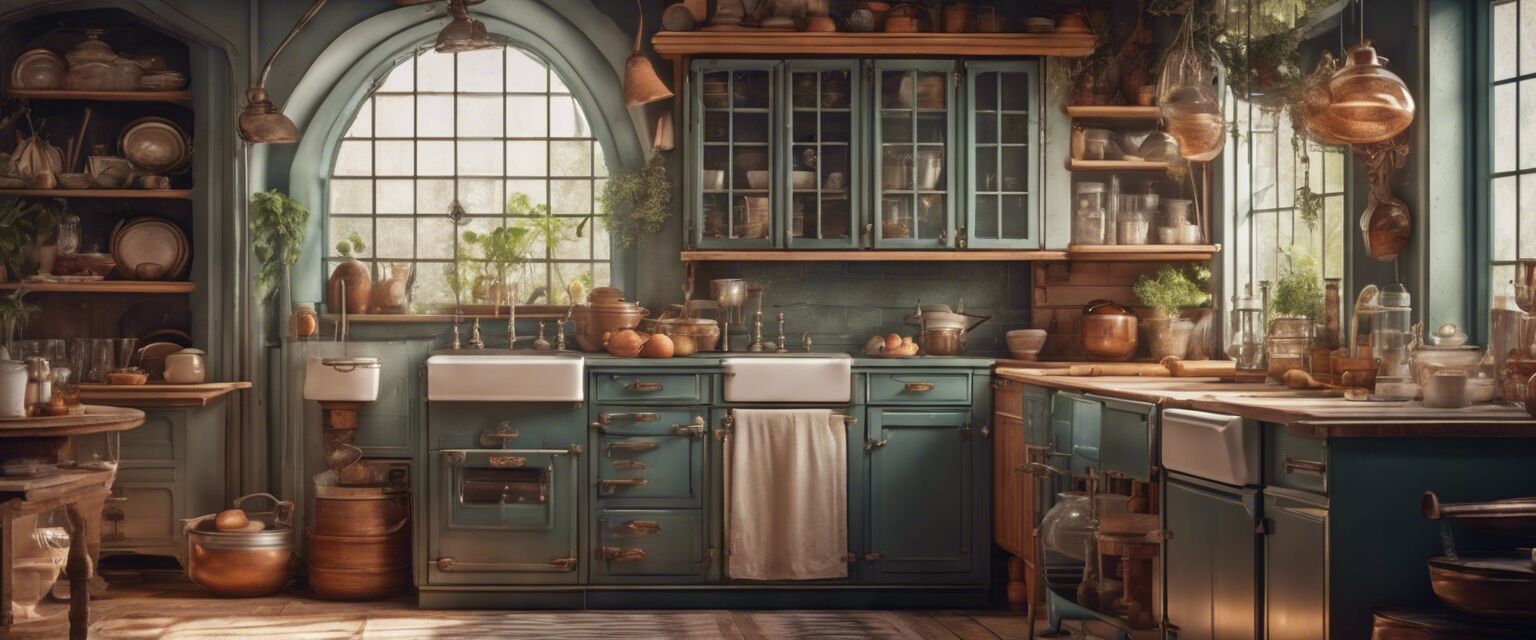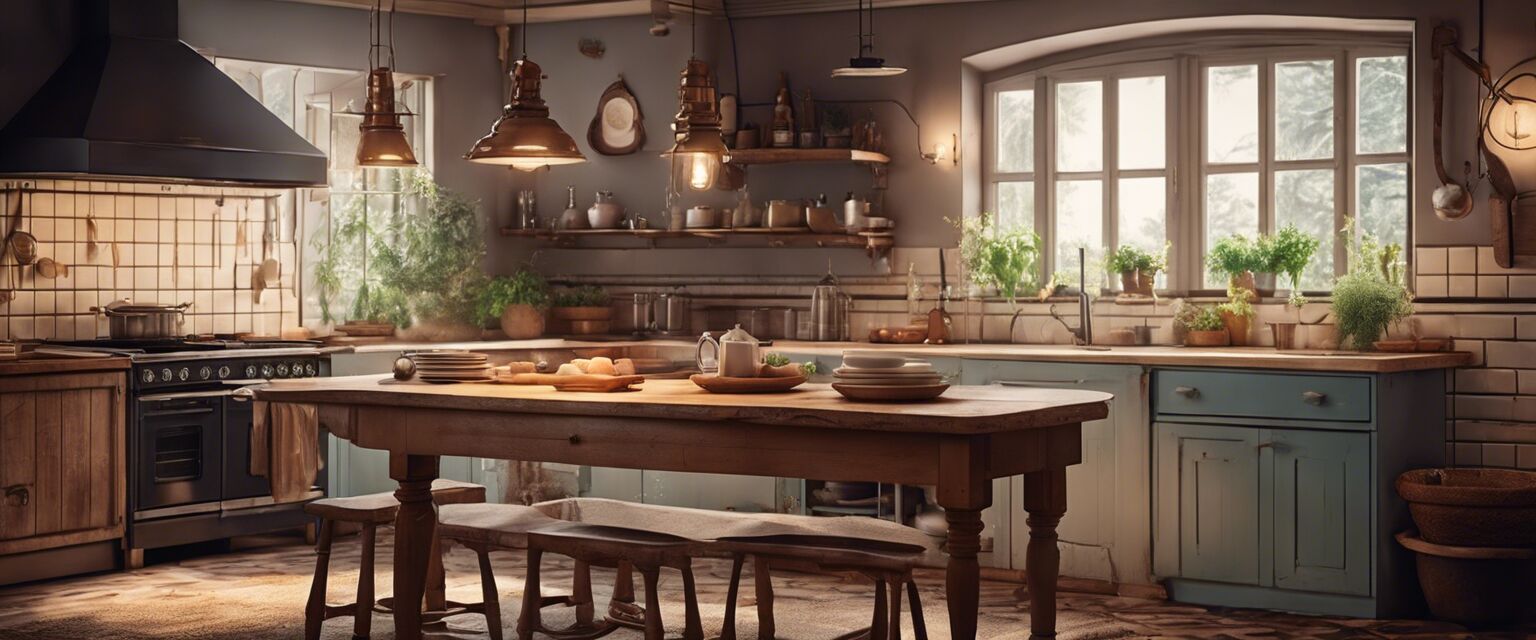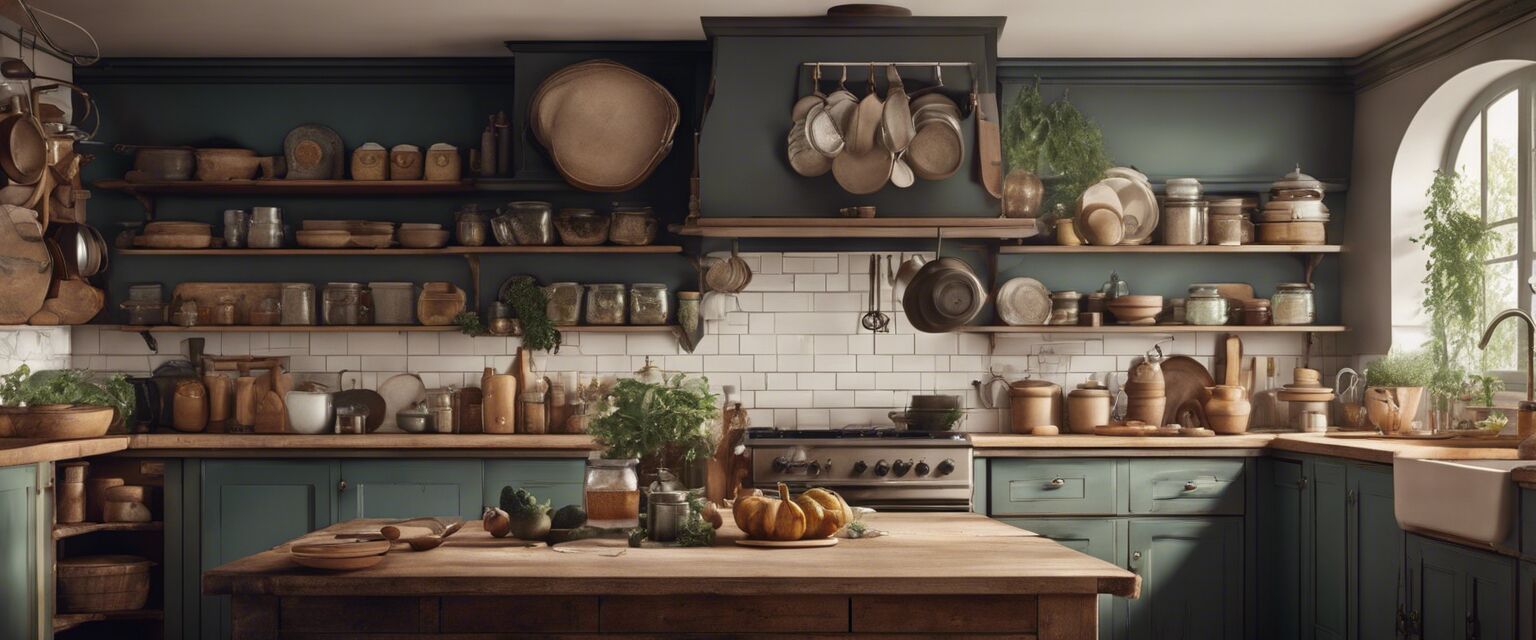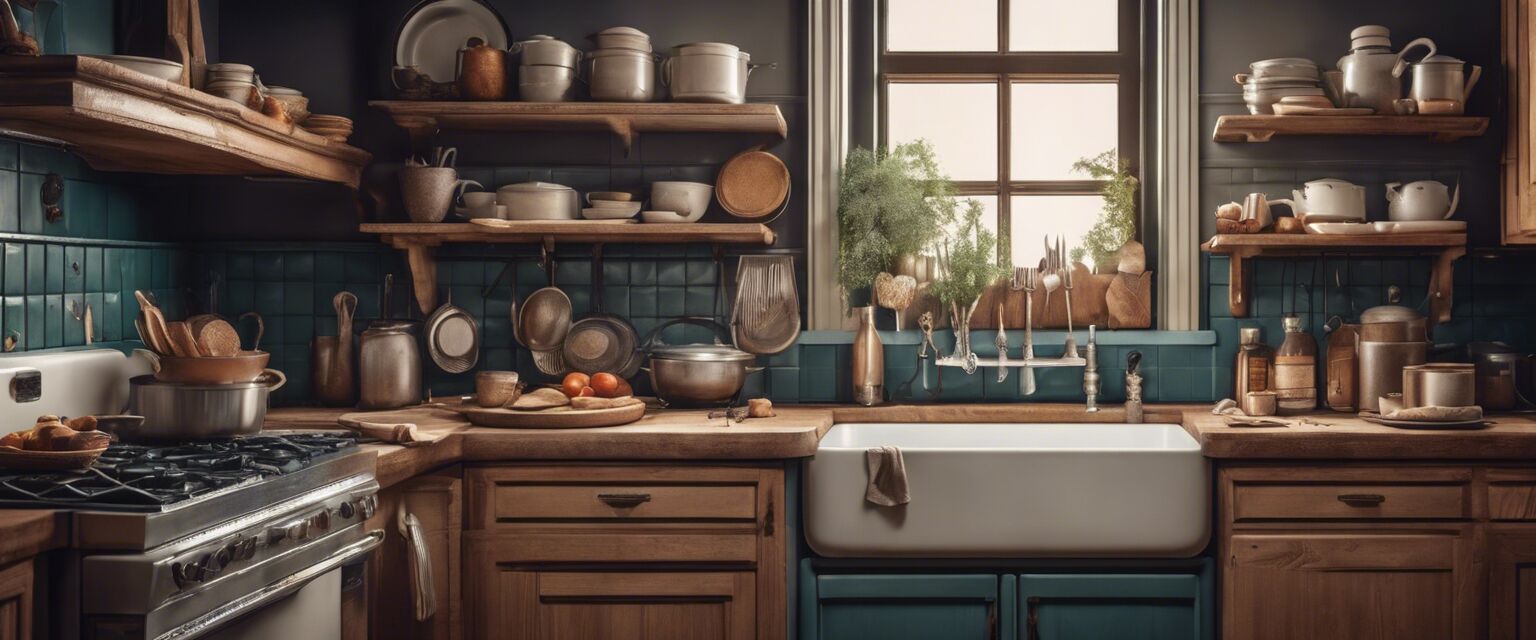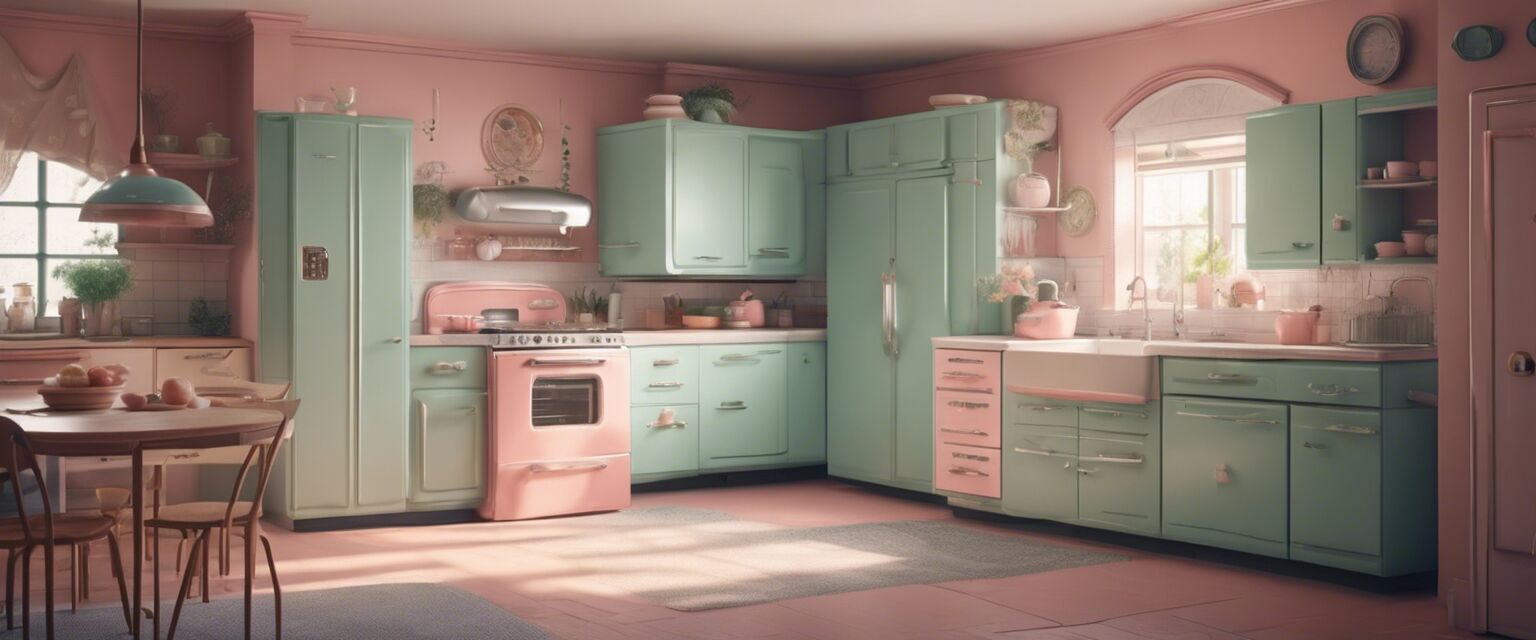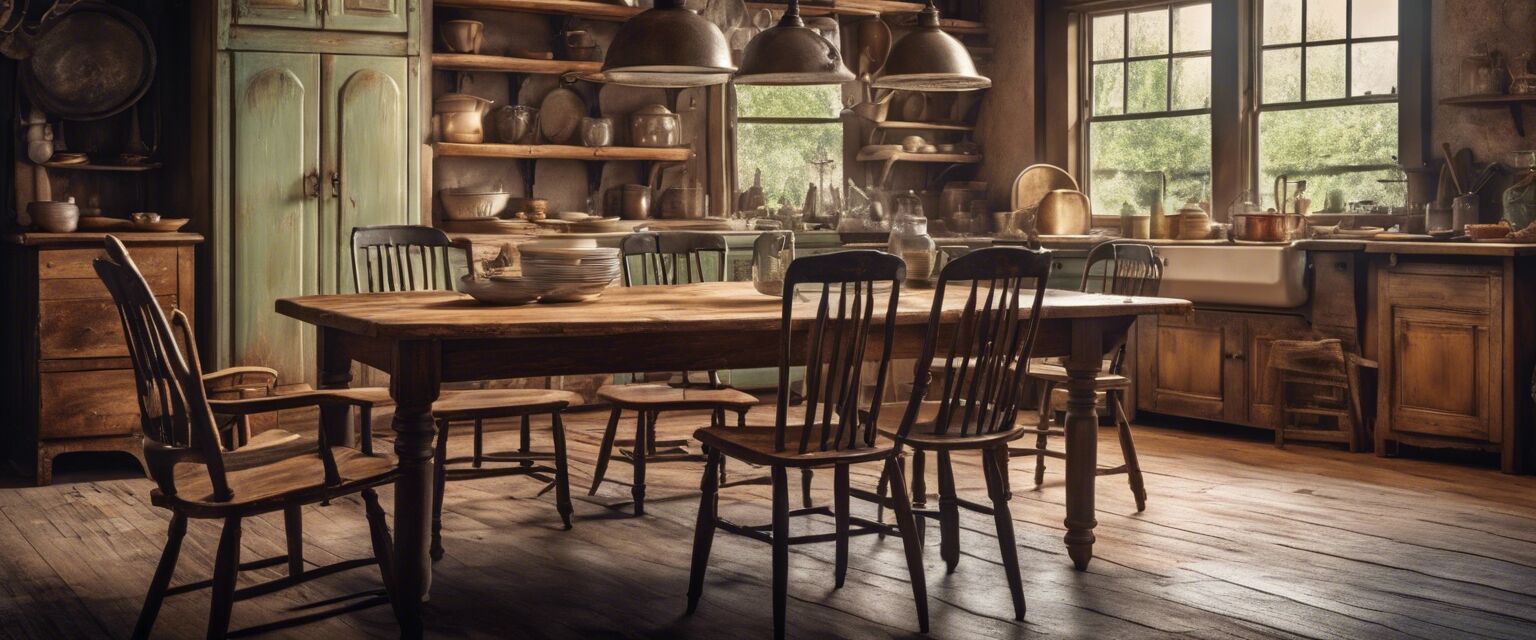
Antique Kitchen Furniture
Key Takeaways
- Antique furniture adds unique character and charm to any kitchen.
- Restoring antique pieces can be a rewarding project that enhances your vintage decor.
- Research is essential to find authentic pieces and understand their value.
- Proper care and maintenance can prolong the life of antique furniture.
- Antique kitchen furniture can be an eco-friendly choice, repurposing old materials for modern use.
Antique kitchen furniture is a wonderful way to bring a touch of nostalgia and character to your modern kitchen. Many people are drawn to the unique designs, craftsmanship, and stories behind these pieces. In this article, we will explore how to find, restore, and incorporate antique furniture into your kitchen decor. Whether you are a seasoned collector or just getting started, understanding how to navigate the world of antique furniture can enhance your vintage kitchen decor significantly.
Finding Antique Kitchen Furniture
Finding the perfect antique kitchen furniture requires patience and a keen eye. Here are some tips to help you in your search:
- Visit Antique Shops: These shops often have a curated selection of quality pieces.
- Attend Flea Markets: Flea markets are treasure troves of unique finds at reasonable prices.
- Check Online Auctions: Websites dedicated to auctions can have some hidden gems.
- Network with Collectors: Joining local antique clubs can provide leads on available pieces.
Types of Antique Kitchen Furniture
When searching for antique kitchen furniture, consider the following types:
| Type | Description |
|---|---|
| Tables | Classic dining tables made from hardwood, often showcasing detailed craftsmanship. |
| Chairs | Vintage chairs that may come with intricate designs and can complement various table styles. |
| Cupboards | Antique cupboards for storage that add both functionality and aesthetic appeal. |
| Sideboards | Perfect for serving, sideboards often feature beautiful woodwork and designs. |
| Buffets | Buffets provide ample storage while serving as a centerpiece in your kitchen decor. |
Restoring Antique Kitchen Furniture
Once you've found the perfect piece, consider these steps for restoring antique kitchen furniture:
- Assess the Condition: Look for damage, wear, or any structural issues.
- Clean Thoroughly: Use a gentle cleaner to remove dirt without damaging the finish.
- Repair Damages: Fix any broken parts or scratches, using wood glue for structural repairs.
- Refinish: Depending on the piece, sanding and applying a new finish can restore its shine.
- Protect: Use wax or varnish to protect the surface from future wear.
Common Restoration Techniques
Here are some common techniques to consider when restoring your antique kitchen furniture:
| Technique | Description |
|---|---|
| Stripping | Removing old finishes to prepare for refinishing. |
| Staining | Enhancing the natural wood color to match your decor. |
| Upholstering | Updating chair seats with new fabric for a fresh look. |
| Polishing | Bringing back the luster of wood with appropriate polish. |
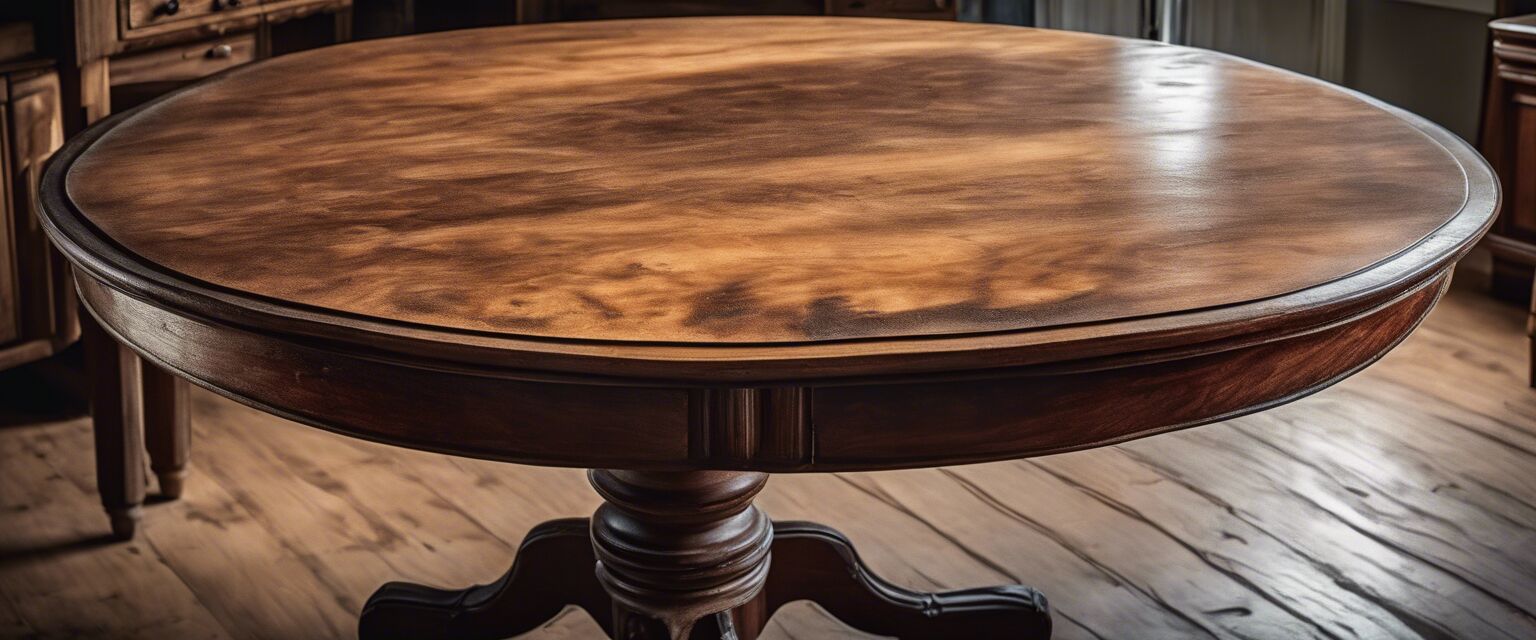
Incorporating Antique Kitchen Furniture into Modern Decor
Once you have restored your antique furniture, it's time to incorporate it into your modern kitchen. Here are some ideas:
- Mix and Match: Combine antique pieces with modern elements for an eclectic look.
- Color Coordination: Use colors that complement both your antique and modern pieces.
- Functional Use: Ensure that your antique furniture serves a purpose in your kitchen space.
- Display Wisely: Arrange your antique pieces in a way that showcases their beauty.
Creating a Vintage Kitchen Aesthetic
To achieve a cohesive vintage kitchen aesthetic, consider the following:
- Accessorize: Use vintage kitchen accessories like decorative accents to enhance the theme.
- Choose a Color Palette: Soft pastels or muted colors often work well in vintage decor.
- Layer Textures: Incorporate different materials, such as wood and fabric, for depth.

Tips for Maintaining Antique Kitchen Furniture
Beginners Section
Maintaining antique kitchen furniture is crucial to preserving its beauty and functionality. Here are some tips for beginners:
- Avoid Excessive Moisture: Keep furniture away from humid areas to prevent warping.
- Regular Dusting: Dust your pieces regularly to avoid buildup.
- Use Coasters: Protect surfaces from heat and moisture by using coasters.
- Inspect Periodically: Check for any signs of damage or wear that may need attention.
Where to Learn More
If youâre interested in diving deeper into vintage kitchen decor, consider exploring our other categories:
Pros
- Unique and character-rich pieces.
- Eco-friendly option by reusing old furniture.
- Can increase the overall value of your kitchen decor.
- Offers a sense of history and nostalgia.
Cons
- May require extensive restoration.
- Can be more expensive than modern furniture.
- Availability may be limited.
- Requires careful maintenance to avoid damage.
